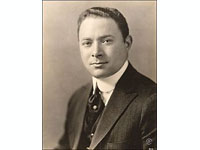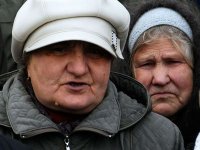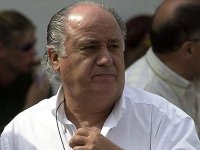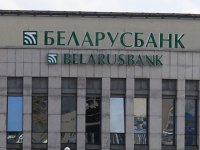Andrey Gromyko
Author: Lida added 30-11-2012, 14:21
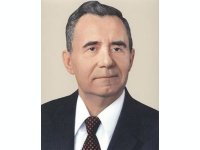 Andrey Gromyko is a Minister of Foreign Affairs in 1957–1985 and a Chairman of the Presidium of the Supreme Soviet in 1985–1988. Gromyko was accountable for many top decisions on Soviet foreign policy until he retired in 1988. In the West he was given the nickname Mr. Nyet ("Mr. No"). Nevertheless, an article written in 1981 in “The Times” said, "He is one of the most active and efficient members of the Soviet leadership. A man with an excellent memory, a keen intellect and extraordinary endurance (...) Maybe Andrey is the most informed Minister for Foreign affairs in the world". So, he was respected.
Andrey Gromyko is a Minister of Foreign Affairs in 1957–1985 and a Chairman of the Presidium of the Supreme Soviet in 1985–1988. Gromyko was accountable for many top decisions on Soviet foreign policy until he retired in 1988. In the West he was given the nickname Mr. Nyet ("Mr. No"). Nevertheless, an article written in 1981 in “The Times” said, "He is one of the most active and efficient members of the Soviet leadership. A man with an excellent memory, a keen intellect and extraordinary endurance (...) Maybe Andrey is the most informed Minister for Foreign affairs in the world". So, he was respected.Gromyko was born in a poor family in the Belarusian village of Staryja Gramyki, near Gomel on 18 July 1909. Gromyko's father, Andrei Matveyevich Gromyko, worked as a seasonal worker in a local factory. His mother Olga Jevgenyevna Gromyko, came from a poor peasant family from Sjelesniki city.
Gromyko grew up near the Vetka district. He finished seven years of primary school and vocational education in Gomel, then he moved to Borisov to attended technical school. Gromyko became a member of the All-Union Communist Party bolsheviks in 1931.
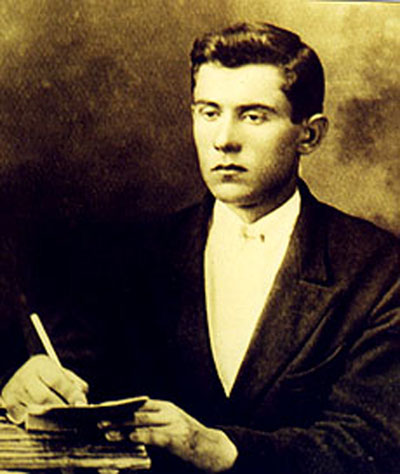
While Andrey Gromyko was a student.
After graduation, he enrolled at the Minsk Economic Institute, but after the second year he studied externally. While studying in the second year at the school, Andrei Gromyko began teaching in a rural school near Minsk, and was later appointed director of the school.
Shortly before graduation, Gromyko asked to continue their education in graduate school. Graduate studies he began in Minsk, and in 1934 he was transferred to Moscow. During attending graduate school he seriously studied English.
In early 1939, Andrei Gromyko, was selected for the commission of the Central Committee of the People's Commissariat for Foreign Affairs (now Foreign Minister), where at once he was appointed as a head of the Department of American Countries.
In February 1957, Andrei Gromyko was appointed Minister of Foreign Affairs. In this position he served until July 1985.
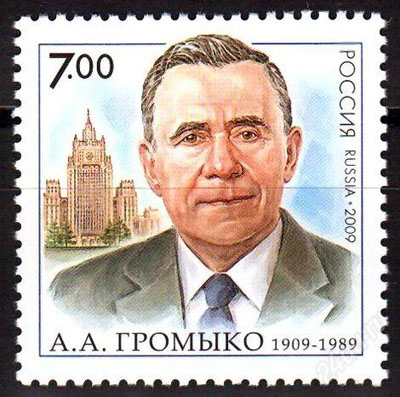
A Russian stamp from 2009 depicting Gromyko.
During the period when Gromyko was a Foreign Minister, there were critical international situation, which could lead to armed conflict between the U.S. and the USSR. It could be the tension around West Berlin in 1961-1962, the Caribbean crisis in October 1962, conflict in the Middle East in 1967 and 1973 years, the Vietnam War, the events in Angola, Ethiopia, etc. The result of these conflicts is that "cold War" is not turned into a "hot war", and the role of Andrei Gromyko in it was great.
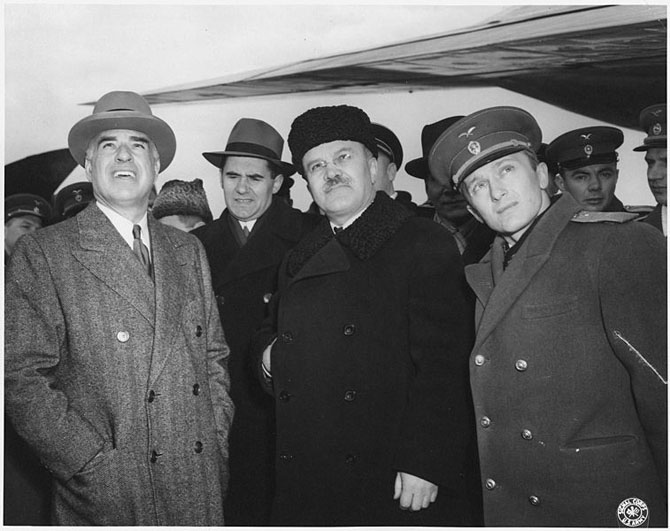
Andrei Gromyko (second from left) at Yalta in February 1945.
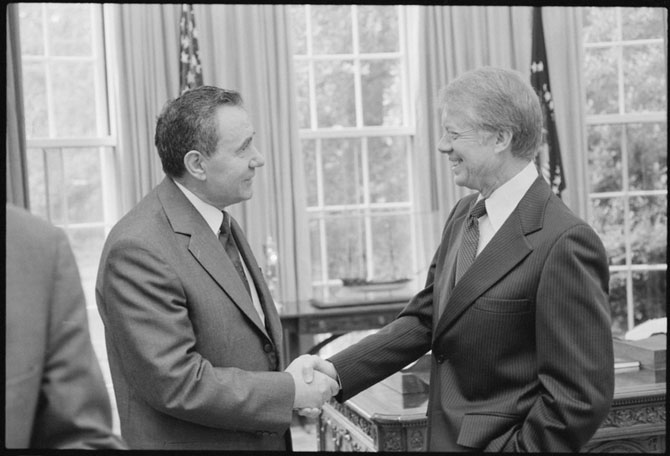
Gromyko meeting with Jimmy Carter, the President of the United States, in 1978.
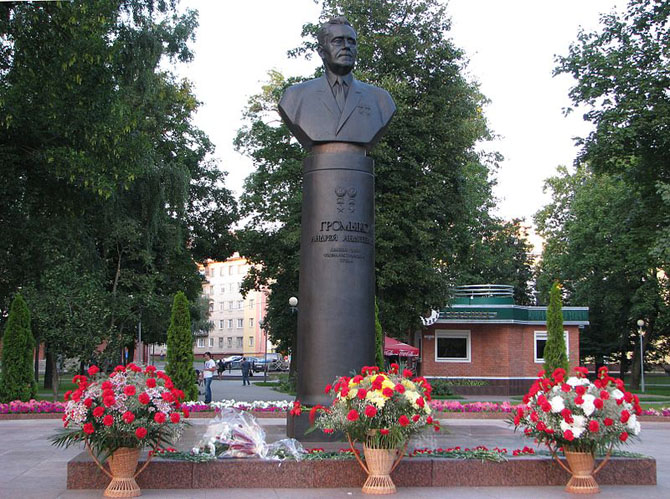
A statue of Gromyko in Gomel after the ceremony dedicated to his 100th anniversary of his birth.
Donate:







